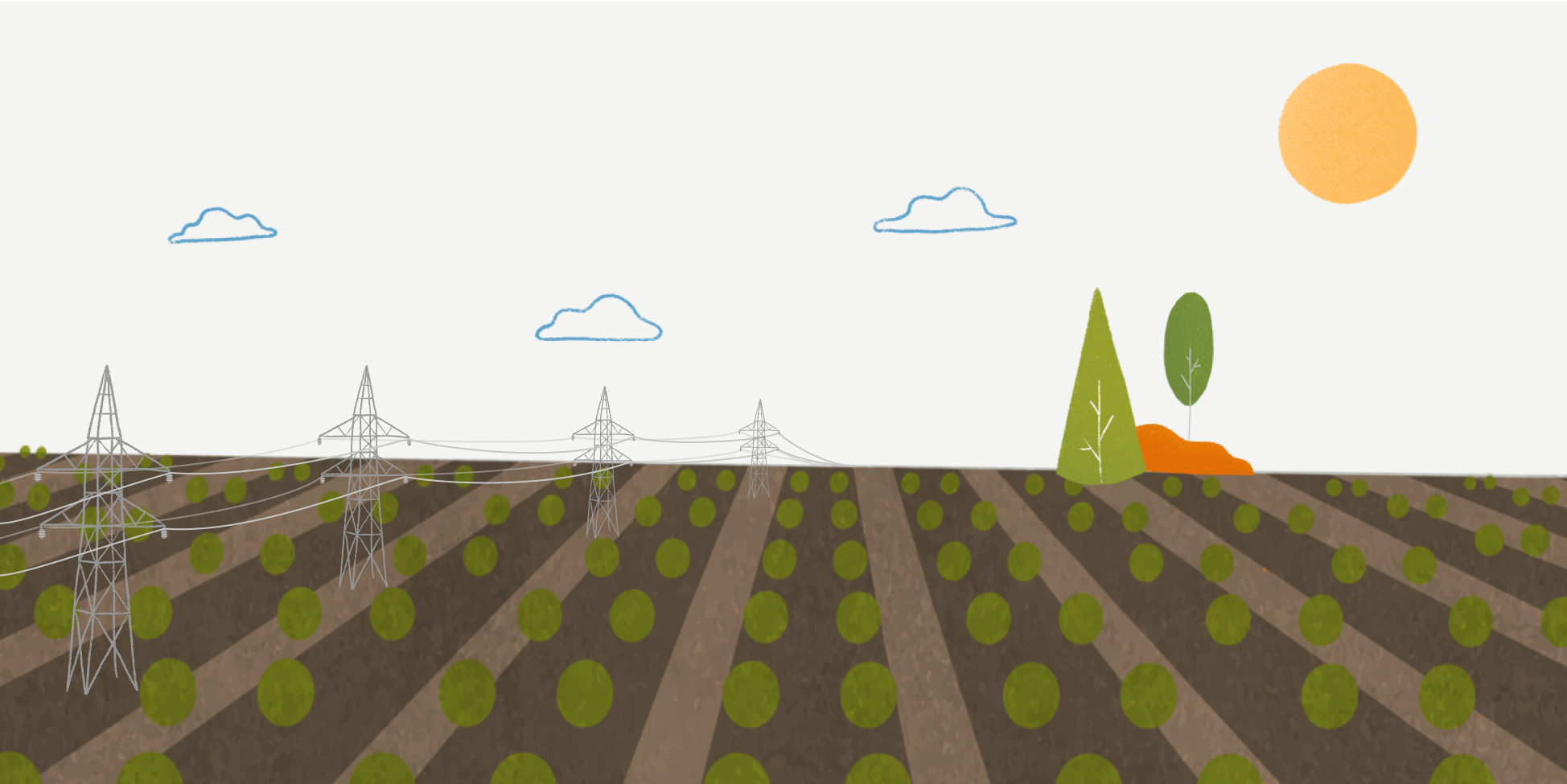
Did you know?
Power lines passing over crop fields can pose a serious risk to your farming activity.
Sprinkler towers, pylons, pipes, logs, poles, tractor attachments, farm implements, piles of agricultural plant material, large piles of stones, etc., can interfere with the power lines under which they are located, creating an electrical hazard for people.
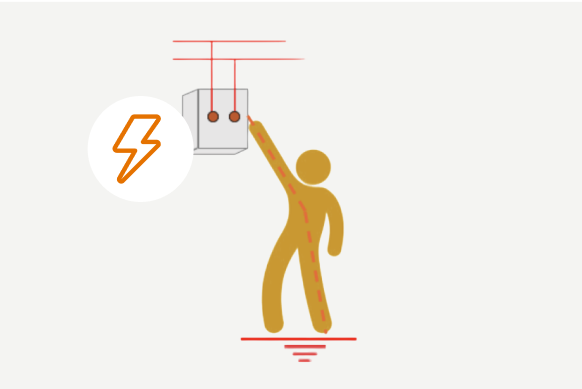
Effects due to current passage
- Death due to ventricular fibrillation
- Death by respiratory arrest and asphyxia
- Muscle tetanization (sticking)
- Internal and external burns (fatal and non-fatal)
- Embolisms due to blood electrolysis
- High frequency burns
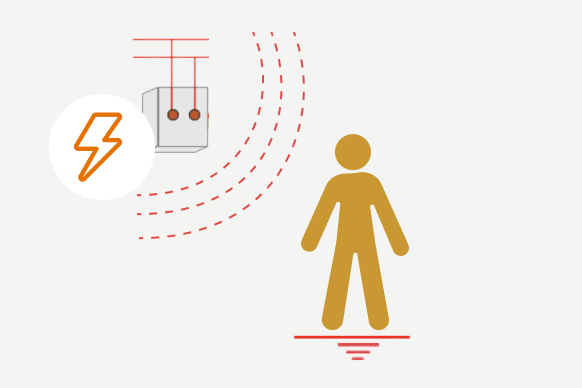
Non-current effects
- Electric arc burns, particle projections, etc.
- Ophthalmological injuries due to electric arcs (conjunctivitis, blindness).
- Fires and explosions
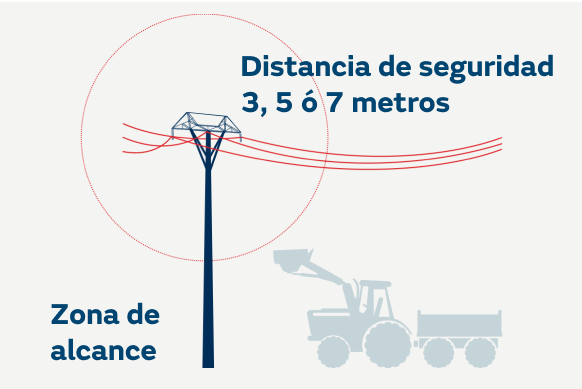
Danger distance
- You can be electrocuted without touching a live element, since by bringing a conductive material (watch, buckles, chains, rings, tools…) close to the voltage source, you could suffer the effects of the passage of electric current.
Good practices
Tips to avoid risk in your work
- Load and transport straw, fodder, logs, etc. away from the area of influence of the power line.
- Do not accumulate piles of stones, straw bales or other materials under the power lines.
- Whenever possible, carry out mowing work by hand under the power line, instead of using machinery that invades the prohibited areas.
In irrigation works
- Install the pivots outside the area of influence of the power lines.
- Replace, in the vicinity of the lines, high irrigation systems with lower ones.
- Water and electricity are incompatible: do not direct irrigation water towards the line conductors.
- Transport irrigation pipes horizontally, to avoid vertical invasion of the prohibition zone.
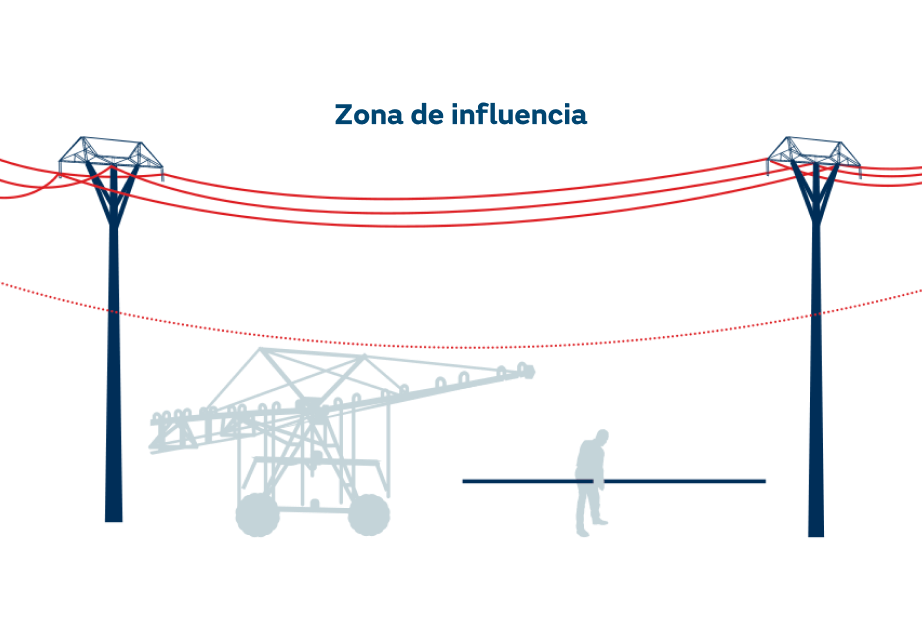
In wooded areas
- Make sure that when loading and transporting logs and branches, you are sufficiently far away from the line.
- In trees that are within the prohibition zone, felling and pruning work must be carried out with a specific work procedure by qualified loggers or pruners, with knowledge of electrical hazards.
- Never touch or climb trees that are too close to or touching the power line.
- Make sure that there are no tree branches resting on the power lines.
What to do in case of a cable fall
- Report the incident to 112.
- Do not touch or approach the cable, neither you nor the rest of the personnel in the area.
- Move away with very short steps or jumping.
If you are inside a vehicle or machine when it falls:
- Do not move, stay in the cab, maneuvering if possible, to avoid contact with the cable.
- Order people to move as far away as possible from the surroundings until contact ceases. And do not touch the vehicle.
- If the vehicle catches fire before leaving it, check that there are no wires on the ground, and jump out with your feet together, walking away with short steps.
- When leaving the cab, jump with your feet together as far away as possible, do not touch the machine or vehicle and the ground at the same time.
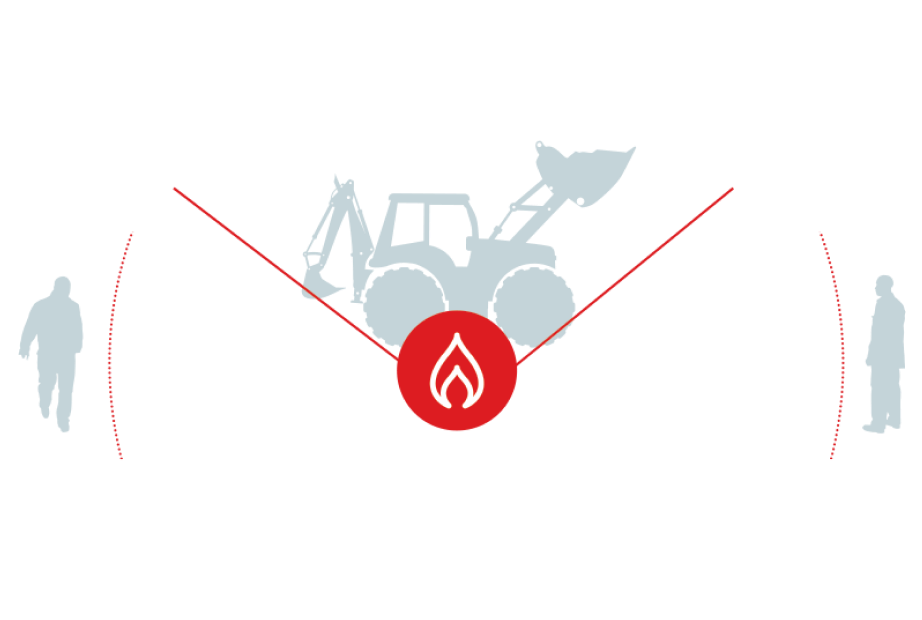
Safety distances to be observed
Before performing your tasks in the vicinity of electrical installations, you must be aware of the safety distances:
- Visualize electrical installations well to avoid approaching them, both horizontally and vertically.
- Do not invade the safety distances of electrical installations with your body, machinery or other equipment, as they are an extension of your body.
- Working at certain distances from a live element requires specific training and qualifications.
- If you cannot respect or guarantee these distances, stop the activity and contact the distribution company (UFD 900 11 999).
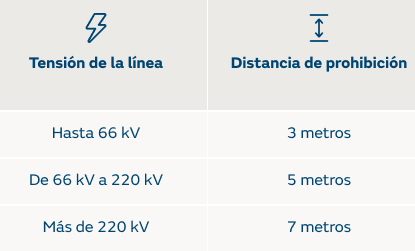

In case of doubt…
stop work and contact UFD on 900 111 999. In case of emergency contact 112.
Do you want to download the information on this page about Electrical Safety in Fishing?





